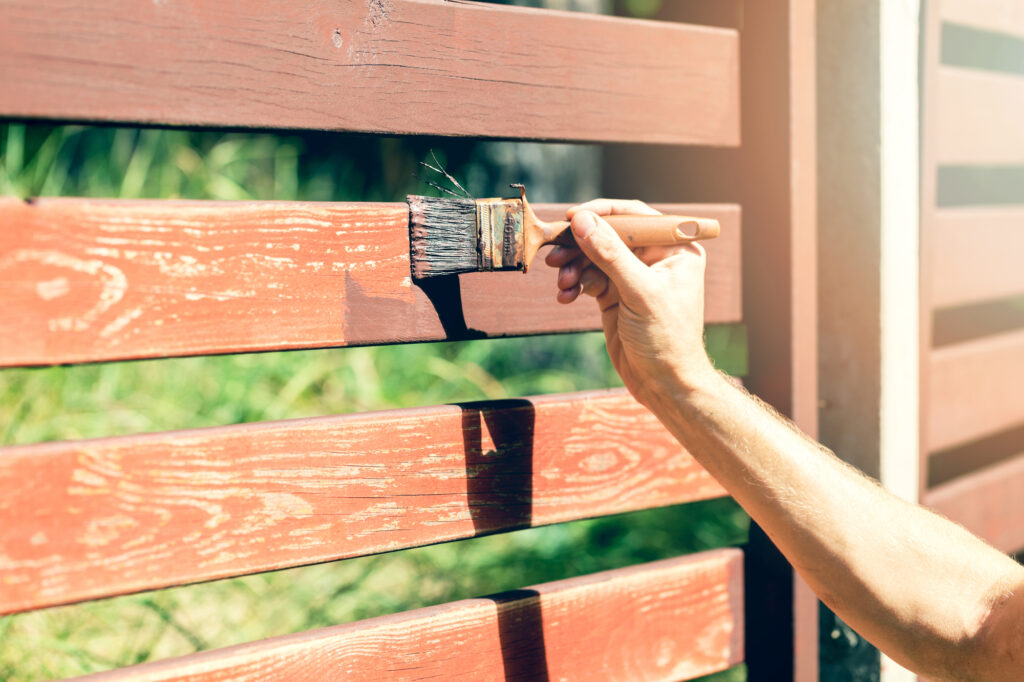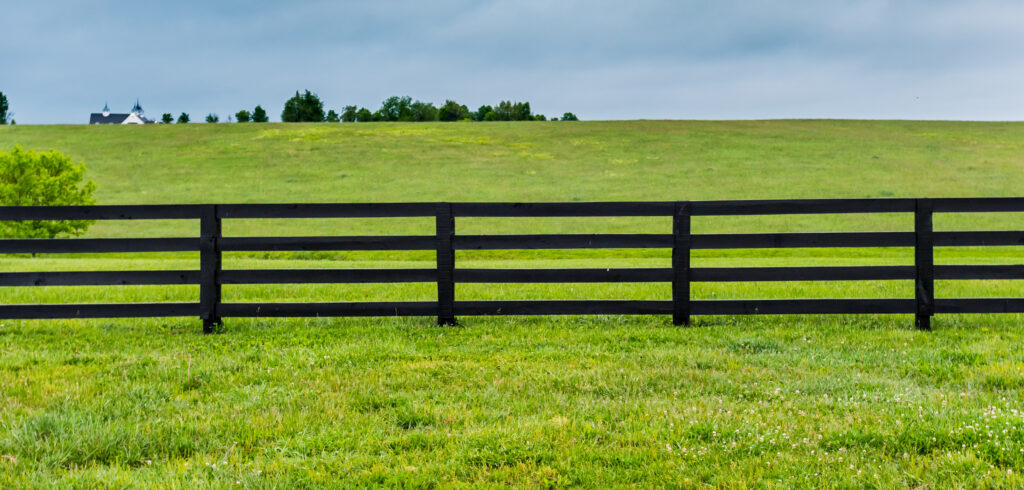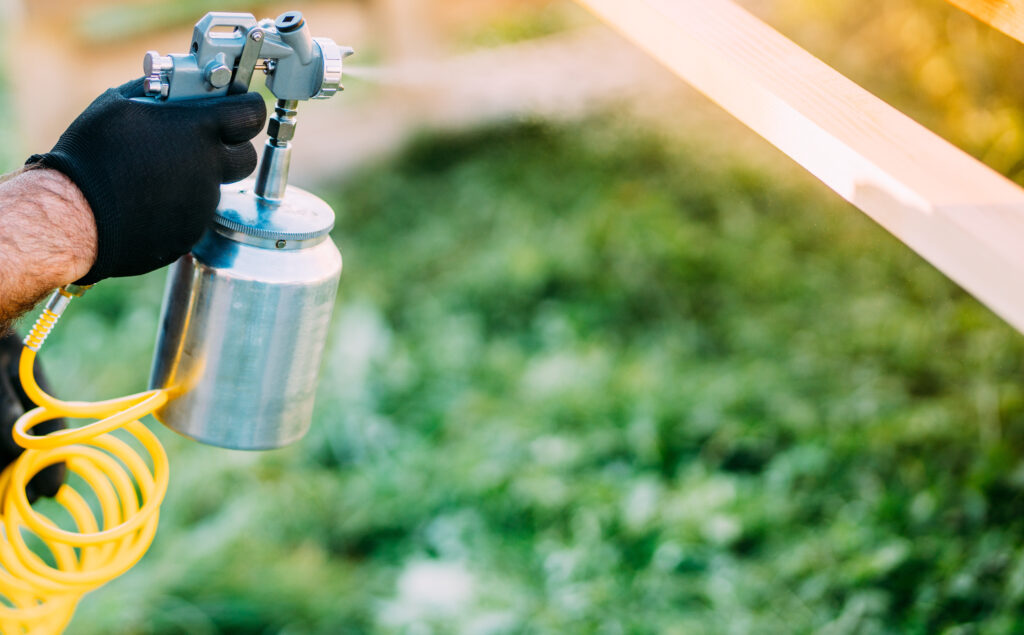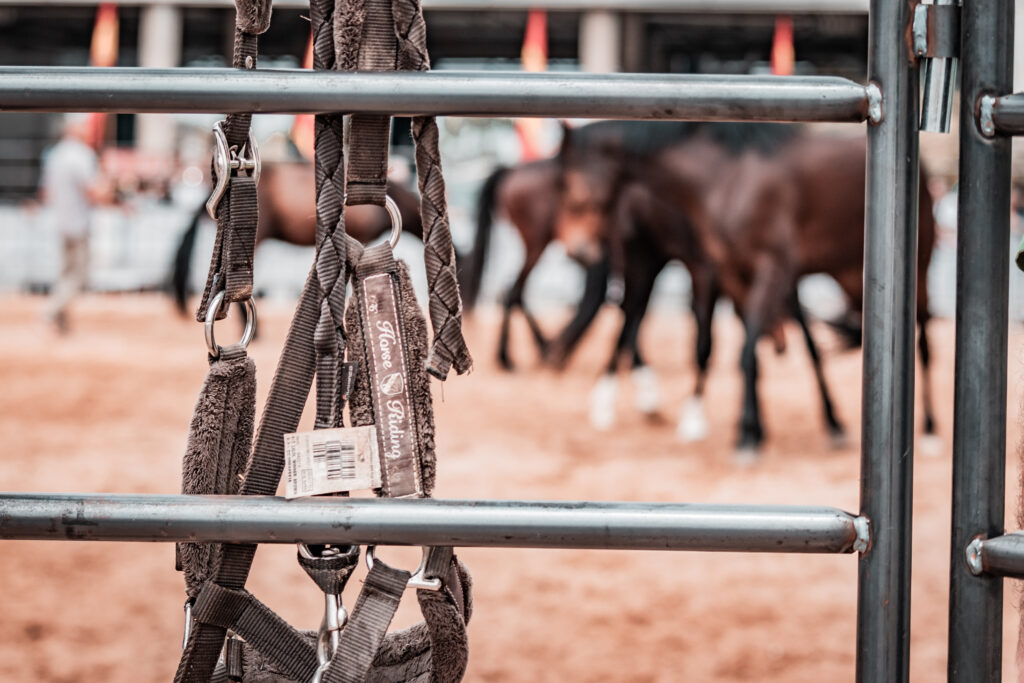
Stock & Noble
How many coats of paint should I do on my fence?
As you look out the window, proud of the beautiful fencing surrounding your property, only to witness it worsen rapidly, leaving you with peeling, unsightly patches and a growing sense of disappointment.
Has it happened to you? If yes, then keep reading.
We understand how frustrating it can be to invest time, effort and money into creating your property and then see this happen. As a property owner, you value the aesthetics of your property, and a well-maintained fence contributes significantly to its overall charm and value. However, achieving the perfect paint job on your fence can be a tough task, filled with uncertainties and questions.
You might wonder, “How many coats of paint does my fence truly need?” This dilemma is common among many homeowners who strive to maintain the beauty and integrity of their properties but are unsure of the best approach to protect their fences effectively.
At Stock & Noble, we understand the challenges and anxieties associated with maintaining a beautifully painted fence. Our extensive experience in developing a range of finest and long-lasting fence paints empowers us to guide you through the complexities of paint application.
In this blog, we will walk you through the essential knowledge of how many coats of paint you should apply, and some pro techniques necessary to paint your fences and maintain their beauty and value.
In the end, you will have all the tools and understanding you need to create a long-lasting, visually appealing, and well-protected fence.
The Coats of Paint Your Fence Needs
Understanding the number of coats your fence demands is essential. While typically, two coats of paint are recommended for proper coverage and durability, several crucial factors, including paint type, wood condition, and desired finish, can influence this number.
The application of a primer before the first coat and sufficient drying time between coats are much-needed steps in ensuring the longevity of your fence’s paint.
How Each Layer of Paint Impacts Your Fence
Understanding the significance of multiple coats is crucial. Applying a second coat of paint achieves several critical objectives, ensuring a uniform, robust layer of paint across the surface.
A single coat can result in vulnerable, thin spots that struggle to withstand everyday weather conditions. Once these spots give way, the paint peels and your once-beautiful fence appears tired, triggering the peeling process to spread further along the fence until addressed.
Factors That Influence the Number of Coats Needed
Several elements can impact the number of coats necessary for your fence:
Type of Paint:
Not all paints are created equal. Consider choosing a superior quality paint, such as Forever Black, renowned for its durability, which outshines the standard classic black paint by 6 times.
You can dig deeper into fence paints available in Australia and New Zealand:
Comparison of the top Timber Fence Paints.
Comparison of leading Steel Fence Paints.
Condition of the Fence:
The existing state of your fence significantly affects the number of coats required. While a well-prepared fence may only need one or two coats, a damaged or poorly prepared surface may demand additional layers for complete coverage and protection.
Previous Coatings:
If your fence has undergone previous painting, the condition of the existing coatings determines whether additional coats are necessary. Touch up with one or two coats if the coatings are in good condition or remove peeling or damaged coatings for a fresh start.
Thorough Fence Inspection:
Conduct a detailed assessment of your fence, identifying areas that require extra attention. Look for signs of damage, including rot, warping, or splintered wood, to determine the level of preparation needed.
Manufacturer’s Recommendations:
Stick to the specific application instructions and recommended coats provided by the paint manufacturer for the best results.
Tips for Applying Multiple Coats
Allow Sufficient Drying Time:
Prevent paint from running or sagging by ensuring each coat dries completely before applying the next. A second coat, applied after the first has dried, not only enhances colour depth but also ensures a longer-lasting finish with increased protective benefits.
Use Even Strokes with Overlapping:
Maintain consistent, overlapping strokes during application to achieve comprehensive coverage and avoid thin areas. Consider using an airless sprayer for a faster, streak-free finish compared to traditional brushes and rollers.
Follow Curing Guidelines:
Different paint types have varying drying times. Follow the manufacturer’s recommendations for the recommended duration between coats to ensure complete curing and optimal protection for your fence.
Important Factors to Consider for Fence Painting
Factor# 1: Environmental Considerations in Australia and New Zealand
In regions with high heat exposure like Australia and New Zealand, proper storage and environmental awareness are paramount. Stock & Noble paints are formulated to withstand heat during the curing process, ensuring a durable bond with your fence. Protect your paint from excessive heat during storage and shield your fence from prolonged exposure to direct sunlight to preserve its integrity.
Factor #2: Prepare Your Fence Well
Preparation is key to achieving lasting results. No matter the quality of your paint, it can only endure as long as the surface is clean and free of dust, mould, or flaking timber.
It’ll be worth learning about how to prepare your fences. Here are the resources that can help you:
How to prepare your steel fences for painting?
How to prepare timber fences for painting?
At Stock & Noble, we offer a range of painting options, including low-cost basic paints for quick solutions like Classic Black and premium options like Forever Black and Forever White, providing a beautiful, long-lasting finish.
Factor#3: Always Apply a Primer
Whether you are painting a steel fence or a timber fence, a primer is recommended before you apply your top coats. Even if some manufacturers claim their paint has a primer infused, we highly recommend a primer or an undercoat for the best results.
You should ideally use primer and paint from the same supplier or manufacturer as they are designed to work in conjunction and give you beautiful fences and long-lasting protection.
Are You Ready to Paint Your Fences?
You wanted to start your fence painting project and were keen to know how many coats you should apply to ensure the beauty and longevity of your fences.
Now you know two coats of fence paint are ideal.
You also learned how to determine the right number of coats for your specific fence and why each layer of paint matters. You are armed with tips for applying multiple coats and know the importance of being aware of your environment, especially in places with high heat, like Australia and New Zealand.
Our insights into the importance of preparation and using a primer have further given you the tools to create a long-lasting and visually appealing finish for your fence.
Overall, by understanding the ins and outs of applying multiple coats and mastering the art of proper fence painting techniques, you’re well-prepared to enhance your fence’s appearance and extend its lifespan. The next step is to learn some pro tips as you start painting your fences. They are a collection of insights gained from paint and fencing experts across Australia.
If you have more questions on the cost, application, suitability, eco-friendliness, or availability of our water-based fence paints, feel free to connect with our experts. They will answer all your queries and help you create a beautiful property with the finest fence paints.



